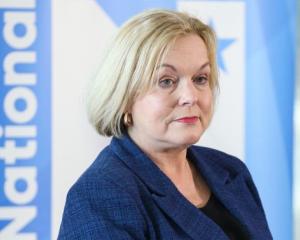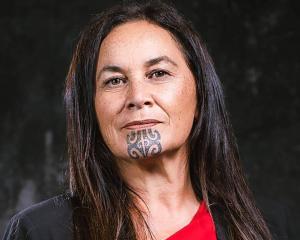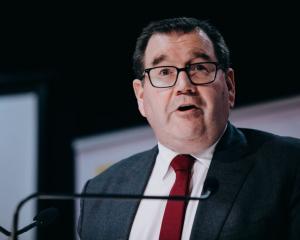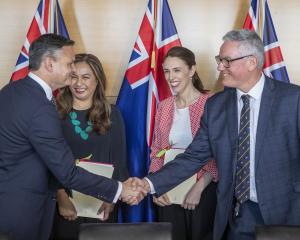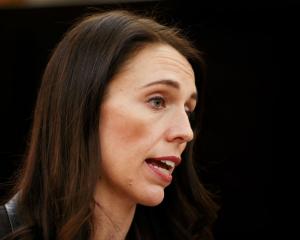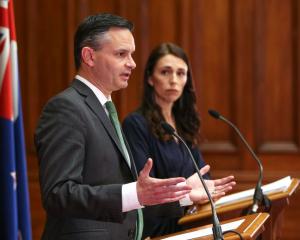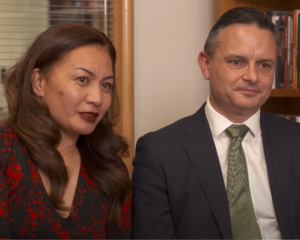Winston Peters has announced that he has chosen a coalation with with Labour, which will make Jacinda Ardern our new Prime Minister.
It's Labour and Jacinda Ardern will be Prime Minister!
Take a look at how MMP has unfolded in New Zealand:
1996
The first MMP government was formed by National and NZ First. It took six weeks to negotiate and was a full coalition, with cabinet ministers from both parties. Winston Peters was Treasurer, a contrived position, and deputy prime minister. It fell apart after Jim Bolger was ousted as prime minister and replaced by Jenny Shipley, who lost the next election.
1999
Labour, under Helen Clark, formed a coalition with the Alliance but the two parties didn't command a majority in Parliament. Clark needed the Greens, who had won seven seats. They agreed to a support arrangement which gave the Government sufficient votes on confidence and supply to hold office. The Greens were not part of the Government.
2002
National was trounced and Labour went into coalition with the Progressives, a splinter of the Alliance, which held two seats. But they were still short of a majority and Clark had the choice of three support partners - NZ First, the Greens and United Future. She negotiated a support agreement with United Future.
2005
National came back strongly but Labour again won more seats than its rival, 50 to National's 48. By now Clark was accustomed to running a minority government with the support of the smaller parties, and she negotiated agreements with NZ First, United Future and the Greens. Peters became Foreign Minister outside cabinet, and Peter Dunne Minister of Revenue, also outside cabinet. The Greens had no positions.
2008
National, now under John Key, won 58 seats against Labour's 43. Key decided to run a minority government with support agreements from ACT, United Future and later the Maori Party. It was more than he needed and broadened his government. Ministerial positions were given to minor parties but they were not in cabinet.
2011
Key was by now a popular prime minister and brought National back with an increased share of the party vote - 47.3 per cent which gave the party 59 seats. It was a simple matter for Key to again sign up the minor parties in support roles and the minority government was able to maintain its stability.
2014
Labour's turn to be trounced and on election night National held 61 seats, the first outright majority by a single party since MMP was introduced. But it lost a seat on special votes and Key was again running a minority government with support from his old allies ACT, United Future and the Maori Party. In November 2016 Key resigned and left Parliament. Bill English was chosen by National's caucus to take over as prime minister.
2017
National, under English, won the most seats - 56 to Labour's 46. But Labour, with the Greens and NZ First, had enough seats for a majority. National could also hold a majority and stay in power, but not without NZ First. Winston Peters was again the kingmaker.

